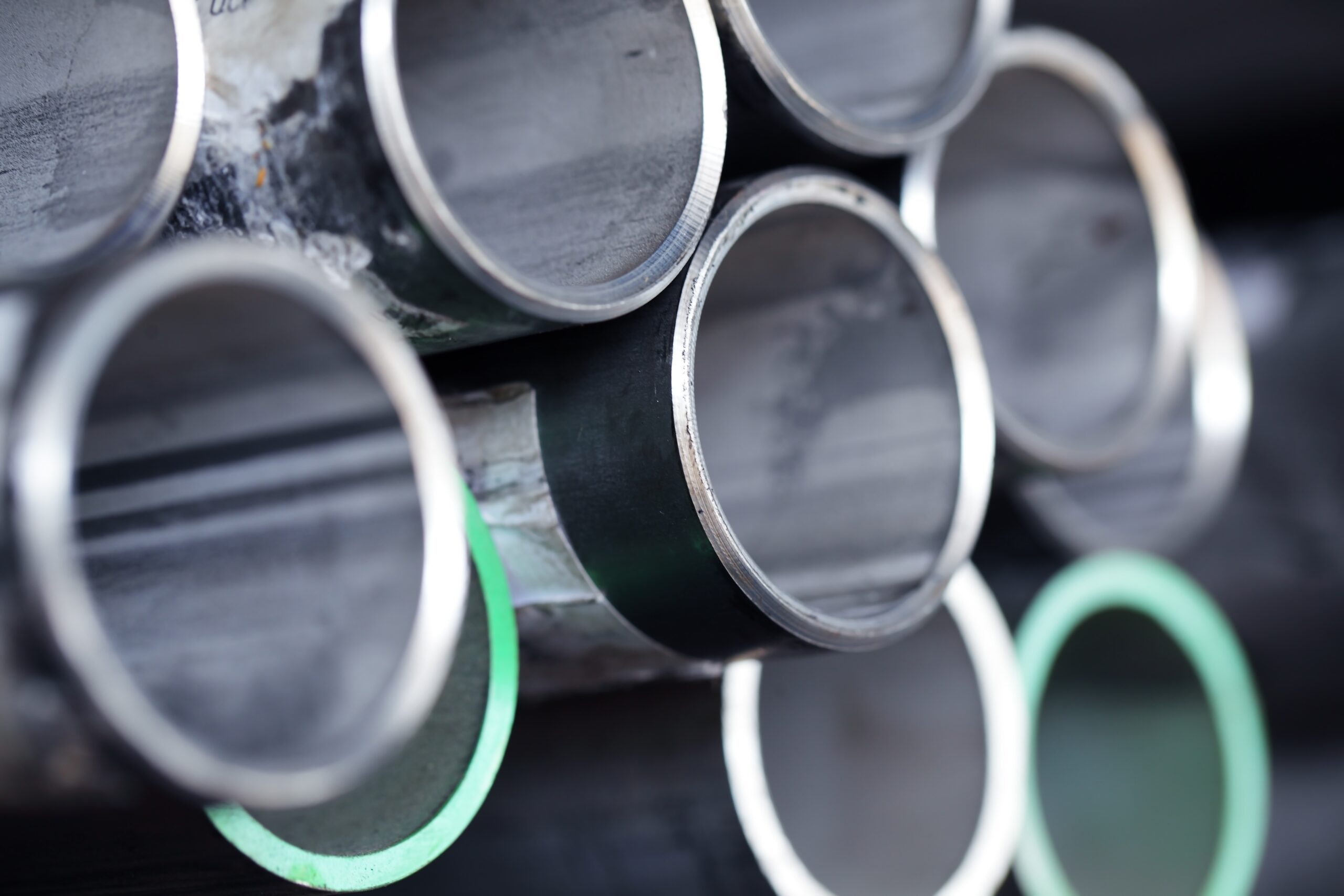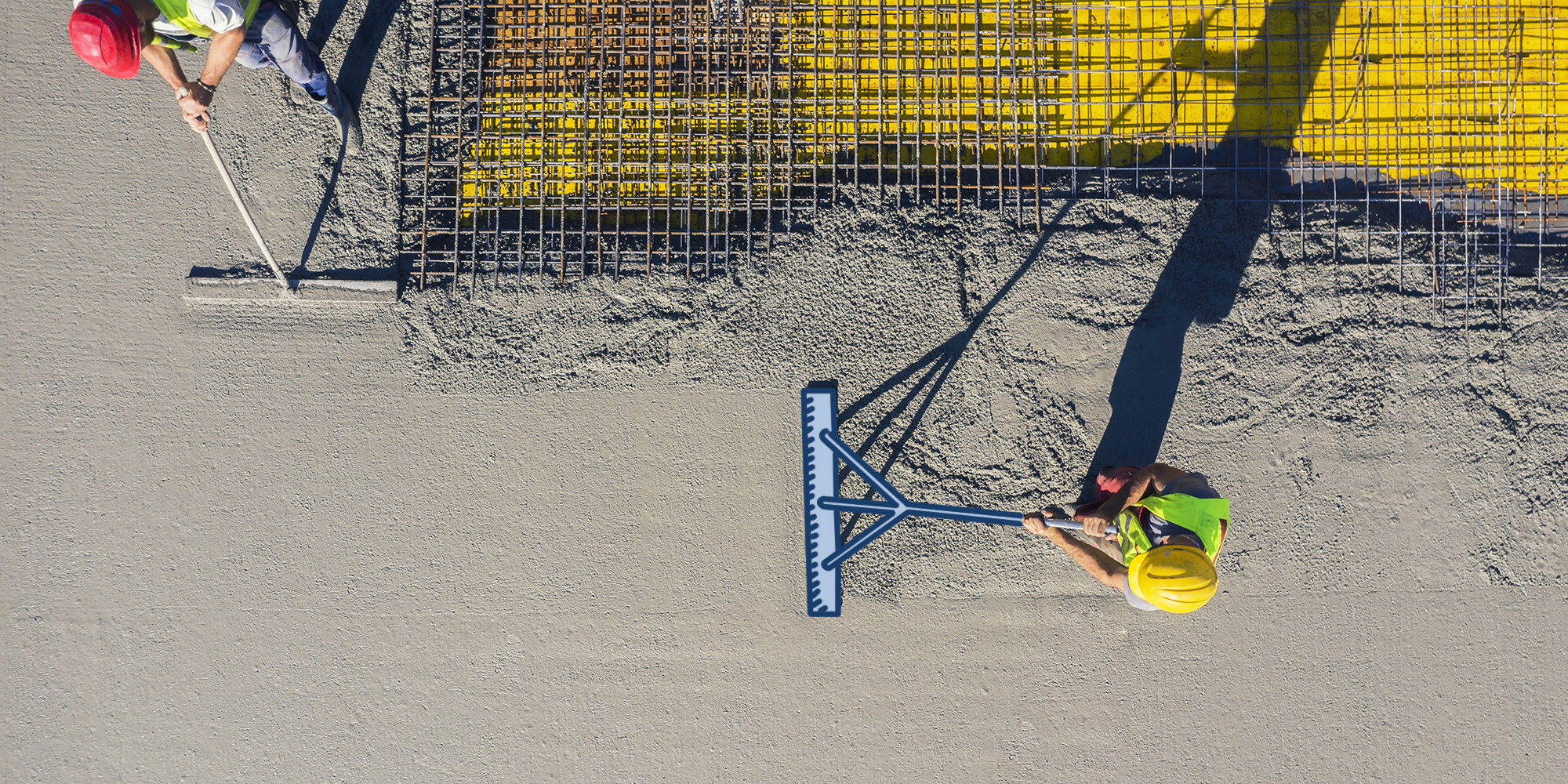The Industrial Carbon Challenge
The steel and cement industries form the backbone of modern infrastructure, but they are also significant sources of global carbon emissions[9]. Cement production is a major carbon culprit, responsible for 7% of global emissions, while the steel industry accounts for about 8%[2][5]. Together, they are the top-polluting industrial sectors[2]. The challenge is compounded by rising demand; global demand for cement and concrete is projected to increase by 12-23% by 2050 due to population growth and urbanization[10]. Decarbonizing these sectors is a climate imperative, requiring a fundamental shift in production technologies and processes[16].
Green Steel: Hydrogen and Electrolysis Innovations
Innovations in steelmaking are focused on eliminating coal from the production process[9]. One of the most promising technologies is hydrogen-based direct reduction of iron (DRI)[14]. This method uses hydrogen, ideally produced with renewable energy, to react with iron ore to make iron, which could theoretically lead to near-zero emissions[5]. Projects like Europe's HYBRIT are pioneering this approach[9]. However, adoption is hindered by the high cost and limited availability of green hydrogen, as well as the need for significant infrastructure upgrades[14]. Another revolutionary technology is molten oxide electrolysis (MOE), which uses electricity to separate oxygen from iron ore, producing pure metal and oxygen as a byproduct instead of CO2[16]. If powered by clean electricity, this process could have an extremely small carbon footprint[5]. Companies like Boston Metal are working to commercialize MOE, with plans to license the technology by 2026[5]. In the U.S., the focus has also been on expanding scrap-based electric arc furnace (EAF) production, which uses electricity to recycle steel and has a lower carbon footprint than traditional methods[14].
Green Cement: Reimagining Clinker and Capturing Carbon
Decarbonizing cement is inherently difficult because the chemical transformation of limestone into clinker, the key ingredient, releases CO2[2]. Clinker production accounts for 85% of the sector's emissions[17]. A primary strategy is to reduce the clinker content in cement by using supplementary cementitious materials (SCMs) like fly ash and steel slag to create blended cements[17]. Increased use of SCMs could reduce the cement industry's emissions by 30-40% by 2030[10]. More advanced solutions involve developing alternative or "novel" cements that use different chemistries and raw materials[17]. Clinker-free binders like super sulfated cements (SSCs) can cut CO2 emissions by over 90%[13]. Startups such as Sublime Systems and Brimstone are pioneering processes that use non-carbonate rocks, avoiding process emissions entirely. For conventional plants, Carbon Capture and Storage (CCS) is considered an unavoidable solution[2]. CCS can be applied to both process and heating emissions, potentially reducing a plant's total emissions by about 85%[2]. Captured CO2 can also be utilized through mineralization, where it is permanently embedded in concrete, turning it into a carbon sink[2].
The Economics of Industrial Decarbonization

The transition to green steel and cement comes with significant economic considerations. Green steel currently carries a price premium, consistently tracking at an additional 20-40% over conventional steel[14]. The cost of new technologies is a major factor; while traditional electric arc furnace steelmaking has energy costs of 15-20%, this could rise to over 40% for hydrogen-based DRI processes due to the energy-intensive nature of hydrogen production[14]. For cement, using green hydrogen as a fuel source could nearly double production costs[2]. In contrast, CCS is a more cost-effective decarbonization solution for many cement plants, increasing production costs by a more modest 10% in ideal scenarios where CO2 can be transported via pipeline[2]. However, the cost of CCS can vary significantly, from 50 to 200 euros per ton of carbon, depending on the plant's location and the mode of transport[2]. These projects require enormous capital investments, often without guaranteed short-term returns, making financial instruments like green bonds and sustainability-linked loans critical[14].
Pioneering Projects and Commercialization Efforts
Several pilot and commercial-scale projects are underway, signaling a tangible shift toward green production. In the steel sector, Swedish startup Stegra (formerly H2 Green Steel) is building an industrial-scale green steel plant that is on track to begin production in 2026[5]. Another Swedish venture, Hybrit, is also constructing a plant using similar hydrogen-based technology[5]. In the U.S., the Department of Energy (DOE) is investing up to $1.6 billion across six cement decarbonization projects as part of its Industrial Demonstrations Program[17]. These include a project by Heidelberg Materials in Indiana to retrofit one of the largest U.S. cement plants with a CCS system capable of capturing up to 2 million tons of CO2 annually[17]. Another awardee, the National Cement Company in California, plans to combine the use of biomass fuel, blended cement, and CCS to create a net-zero emissions facility by 2031[17]. Startups are also advancing novel technologies; Sublime Systems is building a plant in Massachusetts to produce its electrochemical cement, while Brimstone is planning a facility to produce ordinary Portland cement from non-carbonate rock[17].
Policy and Regulatory Drivers for a Greener Future

Government policy is a critical lever for accelerating the decarbonization of heavy industry. Regulatory frameworks like the European Union's Green Deal and the U.S. Inflation Reduction Act are creating incentives for adopting low-carbon technologies[9][15]. A key policy instrument is the EU’s Carbon Border Adjustment Mechanism (CBAM), which will protect low-emission producers from cheaper, high-carbon imports by placing a price on the carbon content of goods entering the EU[14]. To further de-risk new technologies, the DOE has identified a need for at least 3-5 demonstrations of cement CCS plants by 2025[10]. On the demand side, government procurement of low-carbon materials can create stable markets for green products[17]. Policies that encourage performance-based specifications for concrete, rather than prescriptive chemical requirements, are also essential to allow for the use of innovative blended and novel cements[10]. This shift in building codes and standards is crucial for enabling widespread adoption of these sustainable materials[13].
Get more accurate answers with Super Pandi, upload files, personalized discovery feed, save searches and contribute to the PandiPedia.
Let's look at alternatives:
- Modify the query.
- Start a new thread.
- Remove sources (if manually added).








